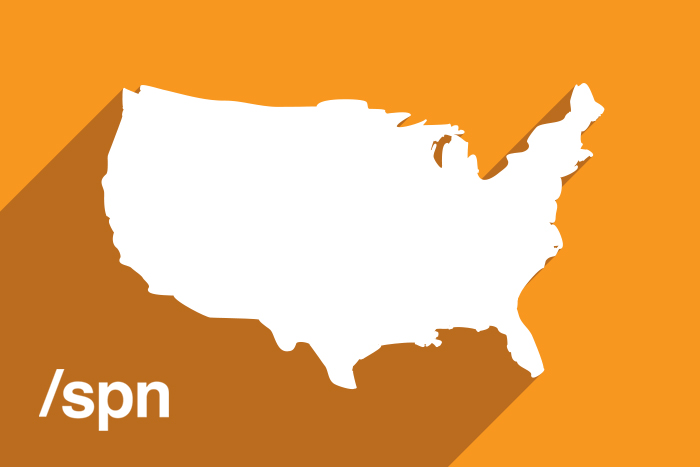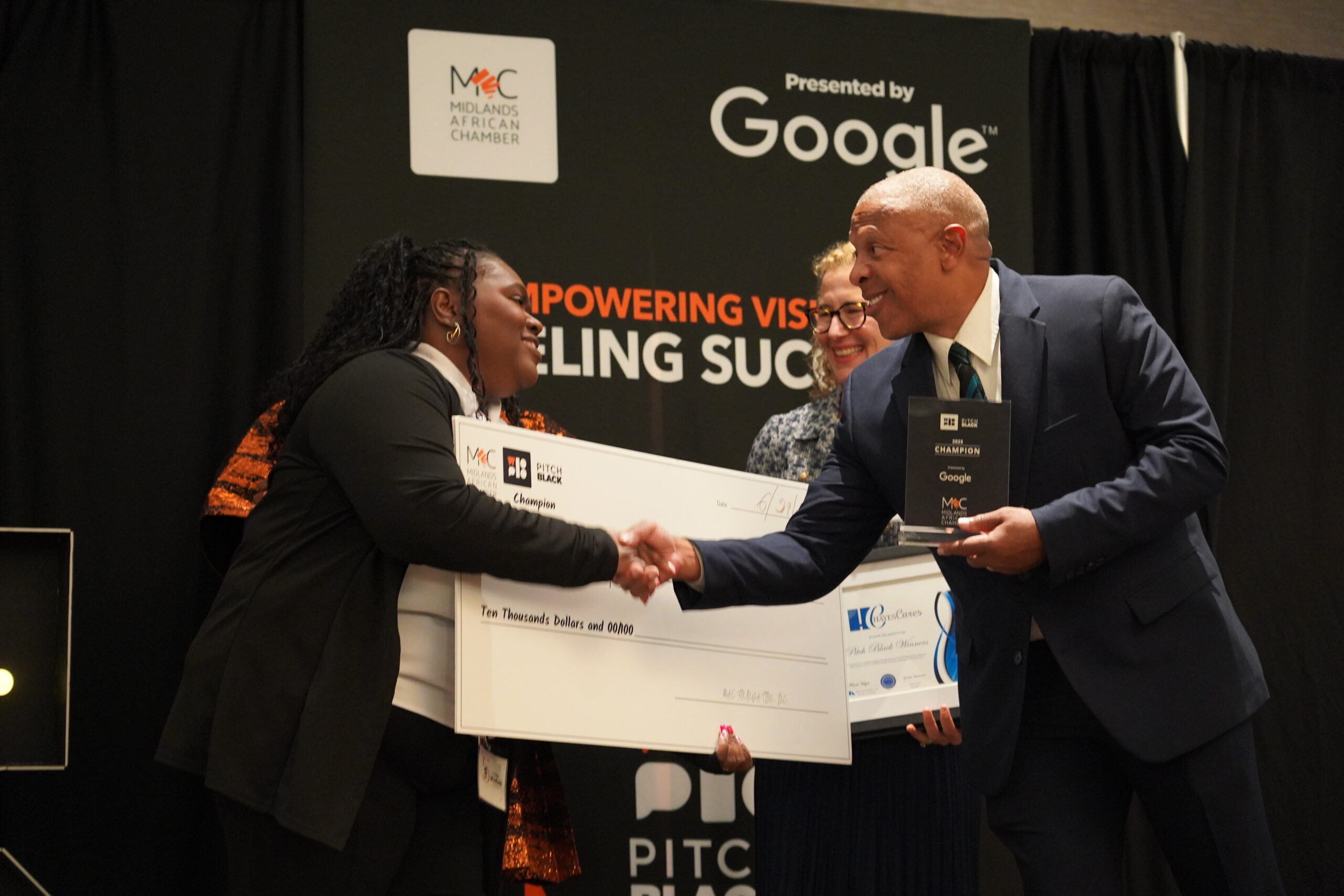Following the publication of our article on Tuesday regarding expected values in cities, Silicon Prairie News received multiple requests for more information. There were three primary questions regarding the data.
The first question is where and how did you get this information.
Silicon Prairie News and its partner organizations use Pitchbook and FormDs.com to identify companies that have received funding during a period of time. Pitchbook is a national database that is the pre-eminent provider of early-stage financial information in the world. It provides data not just about funding amounts, but other data that includes information about the companies––who are the founders, who are the executives, who are the funders, etc.
This is one of the ways that we provide timely information about funding in the Silicon Prairie. The other, and primary way for most deals, is that we actively look at the Securities and Exchange Commission filings that early stage companies provide. These filings typically come from the Form D exemption filing made by companies seeking to exempt themselves from direct SEC rules.
These filings are public. They are “required” but are often not completed. In every community, companies receive investment without filing a Form D. Silicon Prairie News, through its research and expertise, believes that these happen frequently, but that they also don’t happen in a consistent way where projecting non-filed paperwork makes much sense. However, SPN is always interested in companies receiving investment money and want to help tell those companies stories. Feel free to reach out to us at editor@siliconprairienews.com.
The second question is what is an expected value of venture dollars.
To preface our response, it is important to understand what data can and cannot tell us. Data provides a means for seeing information behind the data. The goal of SPN’s stories is to provide information. This information necessarily requires inferences. One inference that appears to happen often when it comes to measuring communities is that every community is created equally.
Thus, for example, community indices will value counting statistics and say that California has a better startup ecosystem than Vermont. It does, but it seems pretty unfair to compare radically different states in this manner. Instead, it seems more relevant to try to normalize key contributors to the differences.
Chapman and Company, our partner, believes that city density and population have non-linear effects on startup ecosystems. Thus, in our previous article comparing Chicago directly to the rest of the region is unfair to both Chicago and the rest of the region. No one benefits from that type of comparison.
However, it is also true that no model we have built does an adequate job of providing a dynamic scoring system for each community or state. The expected value is the Bill James first version of sabermetrics. The goal is to say we know that startups matter when it comes to valuing an ecosystem and within startups, funding appears also to matter.
How can we begin to get our heads around ways to collectively understand this information?
For the communities article, Chapman and Company provided a tiering system to differentiate smaller cities from bigger cities. In this way, the company compared only those that seemed relevant (same size and smaller tiers) to normalize. Thus, a comparison that did not exclude Chicago would have produced and underperformance for every other community. Clearly, that would not be correct.
Instead, comparing communities in these tiers was done. In the state version which follows this explanation, the expected values are broken into three tiers: big states (Illinois and Ohio), medium-sized states (Michigan, Wisconsin, Indiana, Minnesota, and Missouri), and small states (Oklahoma, Arkansas, Iowa, Kansas, Nebraska, South Dakota, North Dakota). The goal was to provide meaningful data regarding how a state is doing relative to its peers – not just a scoresheet. A more refined version would include longitudinal data from the last five or so years, but this is a time intensive task and report – so we deal with what we have.
Finally, multiple phone calls, emails, and requests were made by states and cities to see state-based data.
These requests were primarily sent from policymakers seeking a way to compare their jurisdictions to other jurisdictions and get a flavor for how they are doing. We are glad to help in this regard, but we would strongly caution that we believe city-states (Metropolitan Statistical Areas (MSAs)) are the most impactful unit of measurement when it comes to measuring entrepreneurial ecosystems. These systems don’t abide by arbitrary jurisdictions. Thus, Chicago, St. Louis, Kansas City, Fargo, and Omaha overlap multiple states as units of measurement.
For this reason, we would suggest that this report be used as it was intended to provide an additional view of data that helps inform. Each of these elements is rightish, but none correctly reveals the ecosystem. They are all flawed. So, if your city or state fairs poorly in a particular ranking, metric, etc. don’t become discouraged per se. Instead, understand what they measured and whether or not it is a true revelation of your ecosystem.
This does not mean that communities and states should use vanity metrics. Only that metrics can be fundamentally flawed when they try to do too much story-telling. More data and information is almost always helpful in providing a fuller picture of the ecosystem. Thus, we rely on multiple metrics, sources, and stories to help shape our reports for things like the Silicon Prairie Annual Report.
The state expected value report reflects the community report produced earlier in the week for Silicon Prairie News. Chicago is the dominant Midwest regional ecosystem. It produces more startups and more than a quarter of all venture-funded startups in the region. Thus, it is not surprising that it wins in all counting statistics and performs well in expected value.
 The surprising states (to us) were Missouri, Nebraska, and Kansas. Missouri’s success was driven by St. Louis. Kansas’ success was driven by Kansas City. And Nebraska’s success was driven by Lincoln and Omaha. So while Omaha was a slight underperformer in its city score, in combination with Lincoln in a small population state, the two create a significantly overperforming state.
The surprising states (to us) were Missouri, Nebraska, and Kansas. Missouri’s success was driven by St. Louis. Kansas’ success was driven by Kansas City. And Nebraska’s success was driven by Lincoln and Omaha. So while Omaha was a slight underperformer in its city score, in combination with Lincoln in a small population state, the two create a significantly overperforming state.
Moreover, Kansas City underperformed as a community in our state ranking – but this is attributable to the fact that much of the venture activity is on the Kansas side of the border, not the Missouri side. Thus, the Kansas side of KC created an overperformance for the small state of Kansas, and the St. Louis hammer produced the success for Missouri.
From an underperformance perspective, we expected Ohio to score better. Much of this underperformance, we believe (i.e., we did not do the statistical research, so this is a hypothesis), is tied to its top-tier status and its relative underperformance in some of its larger cities. We did not analyze cities in Ohio, Michigan, Indiana, or Arkansas when we considered the city based analysis.
In addition, it is noteworthy that Madison’s relative success was not enough to prop up Wisconsin’s general state-wide dearth of deals. But that Lincoln, Champaign, and Columbia were all significant adders to their state’s overperformance. Thus, having strong college towns as centers of venture capital does seem to be a strong path for many communities. 1
The relative strength of Michigan and Ohio on its face does appear to include strength in Ann Arbor and Columbus, whereas Indiana had relatively weak totals from their multiple college towns (lots of deals––40 in number, but less than $25mm in VC money deployed). Thus, from a policy perspective, having a strong university town driving venture development and innovation has worked in many successful states (by our measurements).
Thank you for the smart questions and inquiries. We strongly believe that building better economies is built on the backs of innovation and startups. So, we are delighted to help provide information that facilitates policy discussion regarding entrepreneurial ecosystems.
–––––––––––
1 – West Lafayette (home of Purdue is a good example). The community produced 29 deals but with many $10k and $20k deals – yielding only $8.6 million dollars. The region had additional deals – but the point is that where Ann Arbor, Madison, Champaign and Lincoln are producing $50mm years. This is a relatively small yield for a high end research university city. Bloomington (7 deals, $3.39 million invested) and South Bend (4 deals, $11.25 million invested) both faired worse in our opinion. Thus, the primary driver of the Indiana score was actually Indianapolis – which is not surprising based on ecosystem rankings, but a little surprising when one considers the academic and tech transfer power in the State of Indiana.







